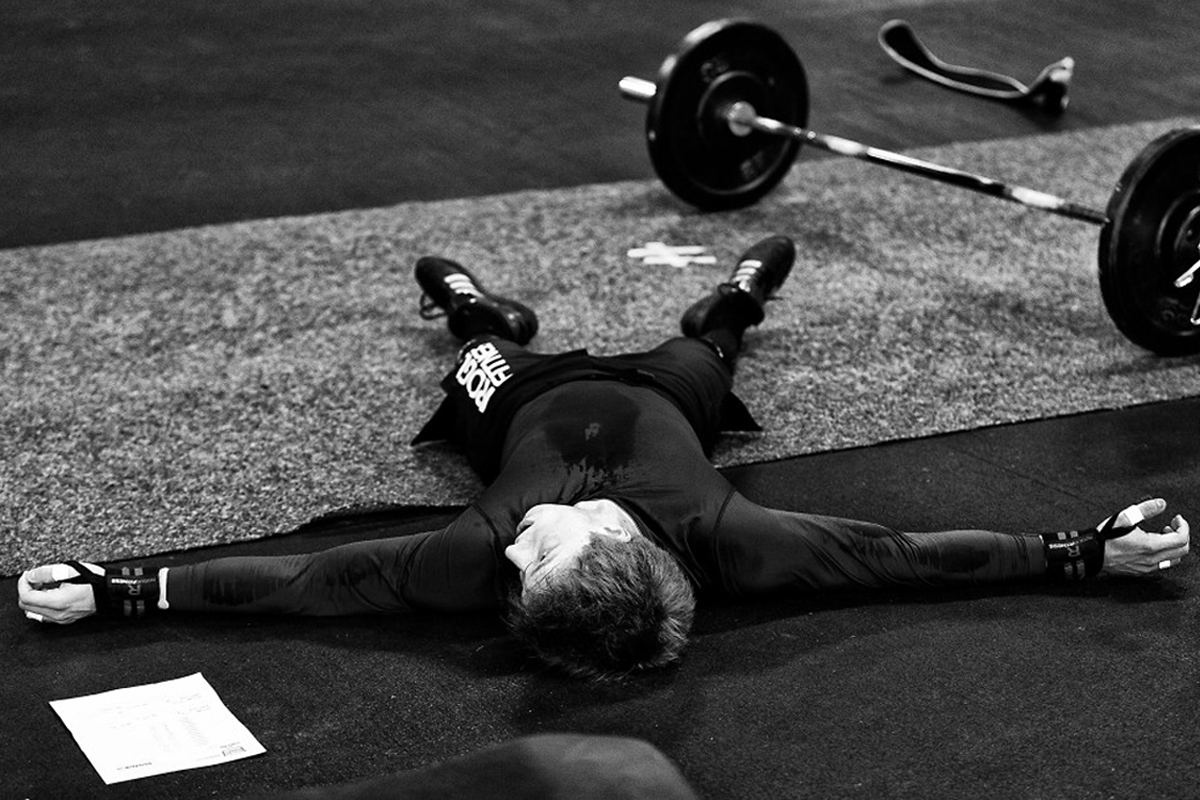Overtraining
 By Michael Harland.
By Michael Harland.
Today I want to bring up something that the coaches and I talk about a lot, overtraining. All too often we read about, see, hear, etc., of people doing too much.
This isn’t their fault. It’s a problem that is growing in our industry. People are idealized for doing the newest, craziest things. Training programs are being created to destroy people because they believe, and teach the client to believe, that when someone leaves feeling completely exhausted, they have accomplished something.
Aside from physical stresses directly imposed on our joints, muscles, etc.. from killer, beastmode, #mostbaddasseverinthehistoryofanythingworkouts, we are also fatiguing our Central Nervous System (CNS), which is receiving and interpreting all of the information from external factors, in this case, the demands and stresses of your workout.
Overtraining and frying your CNS has many adverse effects to it, which is why we want to not only train smarter, but also recover better. Adequate recovery times during your workout and periodically through your program need to scheduled in.
“The concept of central fatigue is also important as one tries to understand the fatigue that often plagues athletes suffering from overtraining syndrome (OTS). OTS, often called burnout or staleness, has been variably defined in the medical literature. However, most descriptions of this condition recognize that OTS includes chronic physiologic and psychologic maladaptations and athletic performance decrements that result when prolonged, excessive exercise training stresses are applied in the setting of inadequate recovery. Although the exact biochemical and metabolic changes fundamental to the development of OTS have not been clearly established, changes within the CNS appear to play an important role in the development of chronic fatigue and many of the other common signs and symptoms that are frequently seen in OTS such as disrupted sleep, changes in appetite and weight, irritability, impaired concentration, decreased motivation, and depressed mood.”
In our program, we have clear set work to rest ratios during our workouts. This allows us to “reset” and go into the next set ready to do what we’re supposed to. Lack of rest between sets and workouts leaves us feeling drained and unable to perform at maximal levels.
Along with this, we program a week of recovery into our training phases, which affords our clients an even greater “reset” and allows them to enter into the next training phase feeling rested, recovered, and overall healthy.
Something to remember is that doing more doesn’t always mean doing better. Sometimes doing more leads to overtraining and the side effects that come along with it. So, if we’re seeing symptoms like decreased motivation, chronic fatigue, injury, etc., maybe it’s time to evaluate the amount of work we are doing and quality or progress related to it.
Published on: Mar 21, 2017


